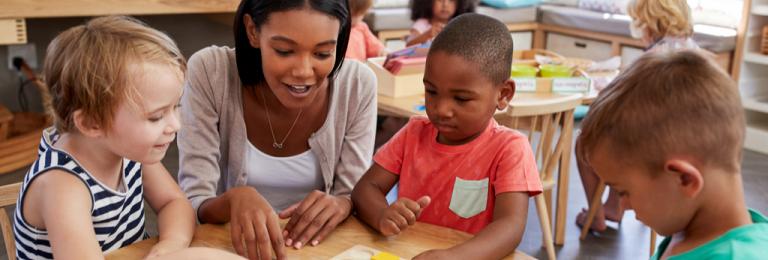Helping Children Play: The Adult Role
Parents and caregivers play a huge role in their child’s physical literacy development. Not only do you provide opportunities for children to play in safe, stimulating environments, you also expose children to new skills. It’s important to be a positive, active role model, but to also let the child take charge at times and take calculated risks. Early childhood is when children learn by doing. They can only learn “to do” if they have the opportunity for active play. Parents and caregivers can help children play in a number of ways:
Set the Stage: Create an environment where the child is safe from harm, but is also able to take calculated risks. For example, if a child would like to jump from the bottom step, they can perceive that as quite high risk. If you wish to make it ‘safer’, place some pillows or cushions on the floor, but still encourage the activity.
Give them Space: Children need enough space to run around. Even when there isn’t much indoor space, pushing back the furniture to make room often works. This signals that it’s “time to play”. If space is still an issue, encourage physical activity through different movements, such as jumping, hopping, crawling and rolling.
Use Markings: A simple and cheap way to increase a child’s physical activity is to put markings on the floor. These can be chalk markings on the pavement, or masking tape on the carpet. Straight lines, squiggles or squares all work well. The children see the markings, and spend time walking along them, jumping over them and using them as part of their games.
Provide Equipment: Simple, basic equipment is often best. A few balls, a plastic bat or hockey stick and a wheeled toy are more than enough. Cardboard boxes also work. Introduce toys that children can push and pull. Bright colours help, but aren’t necessary. It’s often better to put out a few toys, and change them every day, than to put everything out all of the time.
Join in the Play: Be active with your children and have fun with them! Let your child experience success, but also don’t let them win or succeed all the time. If you are the goalie, let some goals in, but also pull off some saves. This builds resiliency and helps to develop the cognitive capacity to overcome failure, all in fun and encouraging environment.
Don't Shy Away from Repetition: Children love repetition. Be prepared to play the same thing repeatedly. However, you can play the same game and alter the movements. For example, if you are playing What Time Is It Mr Wolf? Instead of stepping you can jump, hop, crab walk and gallop!
Chase and be Chased: Take turns with children, chasing them and letting them chase (and catch) you. Learning to take turns is an important social skill best learned through physical play.
Leave them Alone: When the child is really engaged in play on their own, let them be. Play doesn’t always have to be adult directed.
Actively Supervise: Active supervision does not have to mean being active. Offering encouraging words and specific feedback on what they are doing are great ways to do this. An easy way to do this is change the statement ‘good job’ to ‘good …’ where “job” is replaced with the movement or task (good jumping, good cleaning, good waiting etc.)
Source - adapted from CBC.ca
https://www.cbc.ca/parents/play/view/10-easy-ways-adults-can-help-kids-develop-physical-literacy
